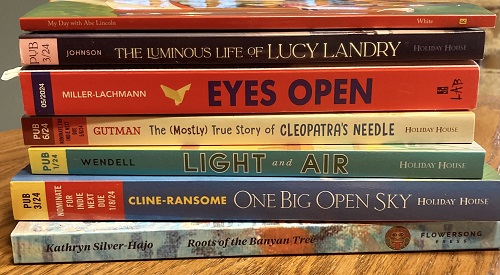Love in a Time of Hate: Art and Passion in the Shadow of War, 1929-39
Love and hate are divided into ‘before’ and ‘after’. The year that everything changed—1933.
Anaïs Nin lives in the apartment in Paris where 30 years later Simone de Beauvoir will live. Marlene Dietrich lives with her five-year-old daughter and the husband she had not married for love. Pablo Picasso paints his mistress Marie-Thérèse. Vladimir Nabokov marries Véra. Despite the war, life, love and hate go on, but as émigrés struggle to recreate the past, hate erupts into another war.
We jump around from one leading light to the next. The stories are connected only incidentally—these writers were both in Paris; these were dinners attended by the Fitzgeralds. This takes some skill but makes it hard to follow, especially when the subject is someone you’ve never heard of; you have to readjust your attention with each subject change. Yet at the same time, it’s more interesting reading than a straightforward history. But it feels like annoying name-dropping.
What links them all is they are all stories about love and hate, the loves and hates in these artists’ lives. The book ends disappointingly, abruptly finishing at the conclusion of one of the anecdotes.
What is the recipe for love in a time of hate? To extrapolate from the anecdotal evidence of famous artists’ and writers’ love lives, it would be: don’t drink and party like the Fitzgeralds; don’t deny your sexuality like Thomas Mann; don’t starve millions of Ukrainians like Josef Stalin (your wife may shoot herself). I couldn’t tell whether spouse-swapping and bisexual threesomes were a positive or a negative. F. Scott Fitzgerald advises his daughter, ‘just do everything we didn’t do’.
I didn’t really expect the answer to life, love, the universe and everything. This treatise is an interesting concept and an interesting take on the question.










